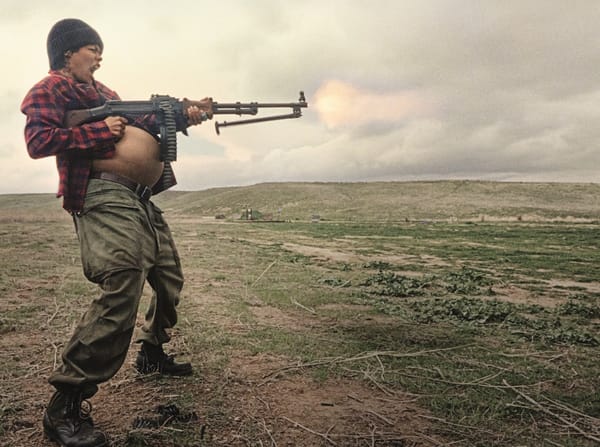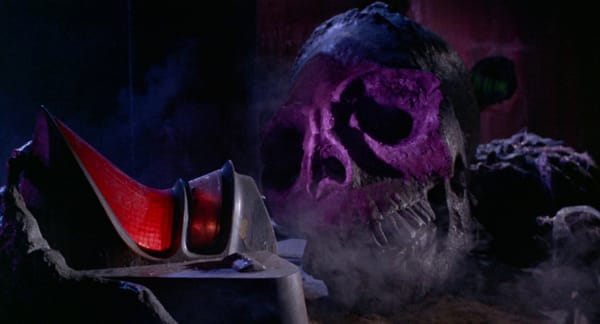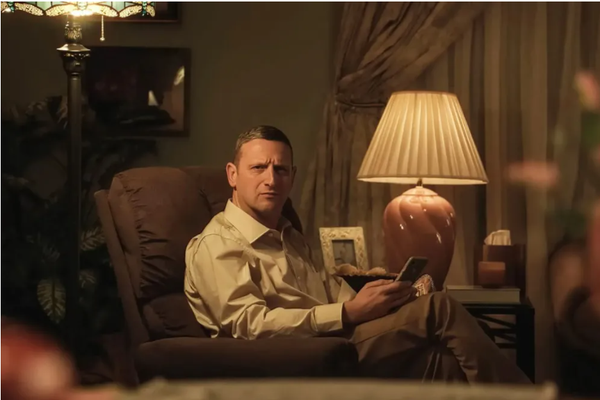Ghostwatch
Day 26 of my 31 Days of Horror viewing

For the last few years, I have used October to give myself a viewing assignment: a different horror film each day. Now that I have escaped the real life horror of New Zealand’s public service, I intend to write a piece inspired by each film.
My twenty-sixth film is Lesley Manning’s Ghostwatch (1992).

On Halloween 1992, audiences tuned into the BBC to watch what was sold as a live broadcast. Ghostwatch purported to be a show hosted by beloved presenter Michael Parkinson that investigated an alleged haunting of a single mother and her two daughters by a poltergeist. It alternated between the studio where Parkinson (as himself) was joined by parapsychologist Dr. Lin Pascoe and the house in which the phenomena were supposedly going down.
When it aired, many people (including Parkinson’s elderly mother) took Ghostwatch as a legitimate chronicle of events, just as Americans had with The War of the Worlds in 1938 and Kiwis would later do with Forgotten Silver in 1995. Media literacy may seem to be at an all-time low in 2024 but it is worth reminding that there is a long history of audience credulity. When I watched The Blair Witch Project (still one of the greatest) at age 10 I was very concerned for the characters but, then again, ‘peekaboo’ gave me an existential crisis when I was an infant.

My contention that English audience members of the early-1990s were a bunch of easily-duped Mr. Beans, is not intended to detract from the effectiveness of Ghostwatch. This is genuinely one of the best films I have seen all month. While the hullabaloo around it may bring to mind similar ‘hoaxes’, the filmmaking on display is an impressive prototype for later ‘found footage’ horror (like my beloved Blair Witch). The performances are universally good, each of the actors embodies the corniness of early-90s TV personalities up until the moment that shit starts going down. The nature of the ghost itself is a distillation of English hangups, an unsettling embodiment of all the psychosexual neuroses of that sick island.

The other film I will mention as an example of the legacy of Ghostwatch is last year’s moronic Late Night with the Devil. Both films use the conceit of a live broadcast interrogating the paranormal, right down to the on-air sceptic. But I think the difference is instructive. The fact that the more recent film front-loaded its exposition, signalling every minor character detail from the get-go (feeling about as organic as its use of AI art) indicated a genuine mistrust of audiences. Ghostwatch on the other hand, scatters morsels of information throughout its runtime letting the phone-calls and interviews and paranormal activity to speak for themselves


It is regrettable but I suspect the fact that viewers couldn’t take a joke in 1992 helped to ruin the mockumentary for the rest of us.



